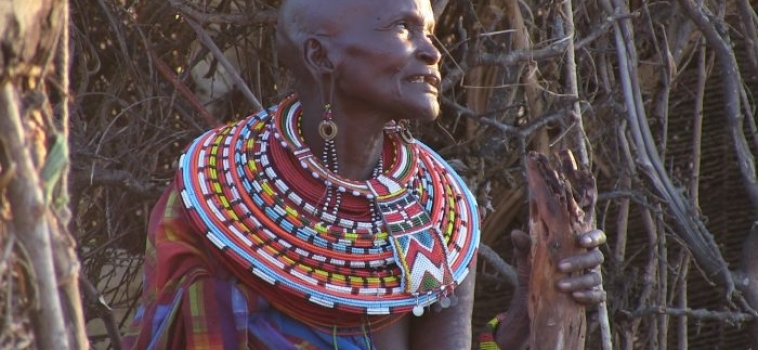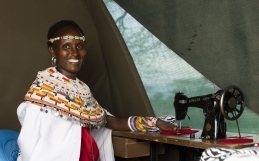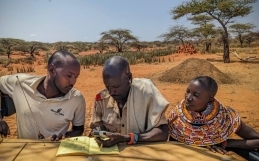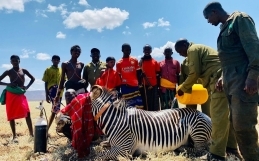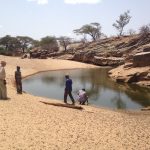As much-needed development arrives in our partner communities, such as healthcare and education facilities, the culture has necessarily had to adapt. One of the major changes is that more pastoral children are being educated using western education models, which has led to a breakdown in the relationship of school-going children to their traditional belief system. Whilst recognizing the importance of school-based education for individual and collective progress, the elders also lament the loss of respect for cultural traditions.
With the wisdom of the elders being passed down orally through the generations, traditional knowledge is gradually disappearing because the custom of story-telling is no longer regularly practiced. Because indigenous knowledge plays such a critical role in the management of natural resources, in 2014 GZT set out to document this wisdom for future generations. We visited 15 communities across our work regions that revived their traditional story-telling nights so we could record their stories. Although the younger generation knew their elders had this knowledge, they had not heard it before through the stories, and had not realized how rich the details were. It was a heartwarming experience because it was an opportunity to bring everyone together, which they had not done for many years and the laughter and love it generated created the long-lost atmosphere of a close community.
Our aim is to develop this as a conservation education tool for use in schools that will strengthen the link between children in school and their cultural heritage. We also intend to show this film during community film nights and link themes from the stories to our Grevy’s zebra conservation work.
This is a genuinely novel approach to conservation education in northern Kenya because the majority of conservation education programs use a western school-based model. Here, we are using traditional knowledge and the inherent connection to wildlife that is in the pastoralist culture as a basis for conservation education programming. We are very grateful to the communities who participated in this project and to the Saint Louis Zoo for funding it.
